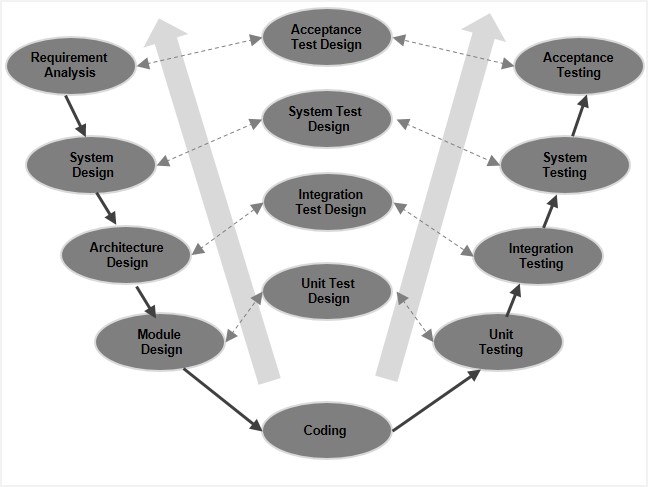Hello again, I hope everybody is well. Welcome to a new post in which I’ll be talking about Verification and Validation of software.
V&V processes are used to determine whether the development products of a given activity conform to the requirement of that activity and whether the product satisfies its intended use and user needs.
V&V in the life cycle of software development
According to the IEEE Standard Glossary of Software Engineering Terminology, V&V is defines as the process of determining whether:
- Requirements for a system or component are complete and correct.
- Products of each development phase fulfill the requirements or conditions imposed by the previous phase.
- Final systems or components comply with the specified requirements.
To better understand the life cycle, please see the following image.

International standards for V&V of Software
IEEE 1012-2016 -> IEEE Standard for System, Software, and Hardware Verification and Validation
ISO/IEC 29119 -> Is an internationally agreed set of standards for software testing that can be used within any software development life cycle or organization. By implementing these standards, you will be adopting the only internationally-recognized and agreed standards for software testing.
Planning V&V and the administration of that plan
The verification and validation test plan describes how a software product will be tested. It is typically developed early in the engineering process, the plan may include specific validation procedures to be followed during validation process. At the end the project team produces a report detailing the outcomes of the validation tests.

And well, this was everything of this post. Thank you very much if you’ve reached until this part. I hope you’ve enjoyed it!
